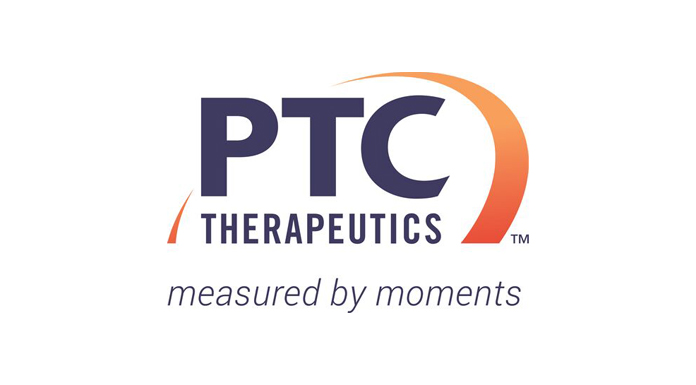
Roger Johansson, Vice President and General Manager – Northern Europe with the global biopharmaceutical company PTC Therapeutics, discusses the need to establish an environment in which innovative therapies can bring life-changing benefits for patients with rare diseases.
The world is seeing significant advances in medical science: COVID-19 vaccines have been developed at breathtaking pace and gene therapies – once thought of as a distant promise – are now tackling some of the most confounding diseases. The intricacies of rare conditions that once seemed untreatable are being steadily unlocked and, thanks to the determination of scientists and industry who have spent decades in development, we are now seeing medicines with transformative potential, providing renewed hope for patients.
However, the potential of these innovative treatments is in danger from an access environment which was not designed to evaluate and fund novel one-time therapies that address the root cause of the disease. Reimbursement pathways were not created to evaluate these treatments, and payer funds were not designed to accommodate innovative payment models.
New ways of ensuring that treatments have the best chance of reaching patients – often children with conditions that have no available treatments – need to be considered. Attempts have been made to introduce novel payment models and, despite patchy success, they hold too much of an administrative burden, especially in the area of ultra-rare diseases where there might only be one or two patients per payer.
But leaving the children and families living with rare diseases without the ability to access these innovative treatments should not be an option. We must all work together on the fundamentals – this includes value of treatment, collaboration and commitment – to ensure these transformative therapies have the best chance of reaching these patients, and to provide a framework that continues to drive the science and development of innovative treatments.
Value of Treatment
When scientific advances become separated from their impact on patients and caregivers – including on their quality of life – and are framed by price alone, it generates noise that drowns out the value of these treatments.
Value and the potential long-term impact of reduction of the financial and emotional burden of the disease should be the focus. The challenge is to ensure that the story is balanced to include clear explanations of what lifetime benefit means to patients and caregivers on the one hand, and what the value is to payers as well as society as a whole on the other. A shift of emphasis to the value of gene therapies will help frame the lasting impact of a one-off payment.
Collaboration
One-time gene therapies are novel, uncharted territory, and we need to work together to recalibrate and adapt reimbursement pathways and payment models so that patients have access to life-altering treatments. Payers and pharmaceutical industry need to unite to understand why some payment models are proving to be more of a hindrance than a help, especially since a small number of patients are affected.
It is unlikely that a one-size-fits-all approach will work. Every gene therapy, every patient population, and every reimbursement system have different challenges, but they can provide critical insights. We cannot afford to repeat mistakes and generate uncertainties while patients wait, desperate for treatment, worsening and potentially dying.
Commitment
Gene therapies are transformative because they address the cause of the disease. However, in some cases, long-term benefits are still being gathered, which places a higher significance on real world evidence gathered through registries. These are the early days of gene therapy; and the excitement of its potential needs to be coupled with a commitment to work together to find workable payment solutions so that patients can access the transformative value gene therapy promises. A reliable and predictable pathway is vitally important for patients. The companies developing these therapies also need to ensure that their research efforts are supported and will actually lead to therapies that reach patients. By concentrating on these starting blocks, we can build confidence and a positive climate for the new wave of gene therapies together.
Gene therapy has the potential to deliver more, but we need to find flexibility in the system to make sure medical innovation can be supported and have a sustainable future to be able to continue to develop life-changing treatments. For the patients and families living with a rare disease, gene therapy provides hope and the opportunity to have a better quality of life. Payers and the healthcare industry have a collective responsibility to ensure that this opportunity is realised for the benefit of all patients.
This article is from issue 17 of Health Europa. Click here to get your free subscription today.










